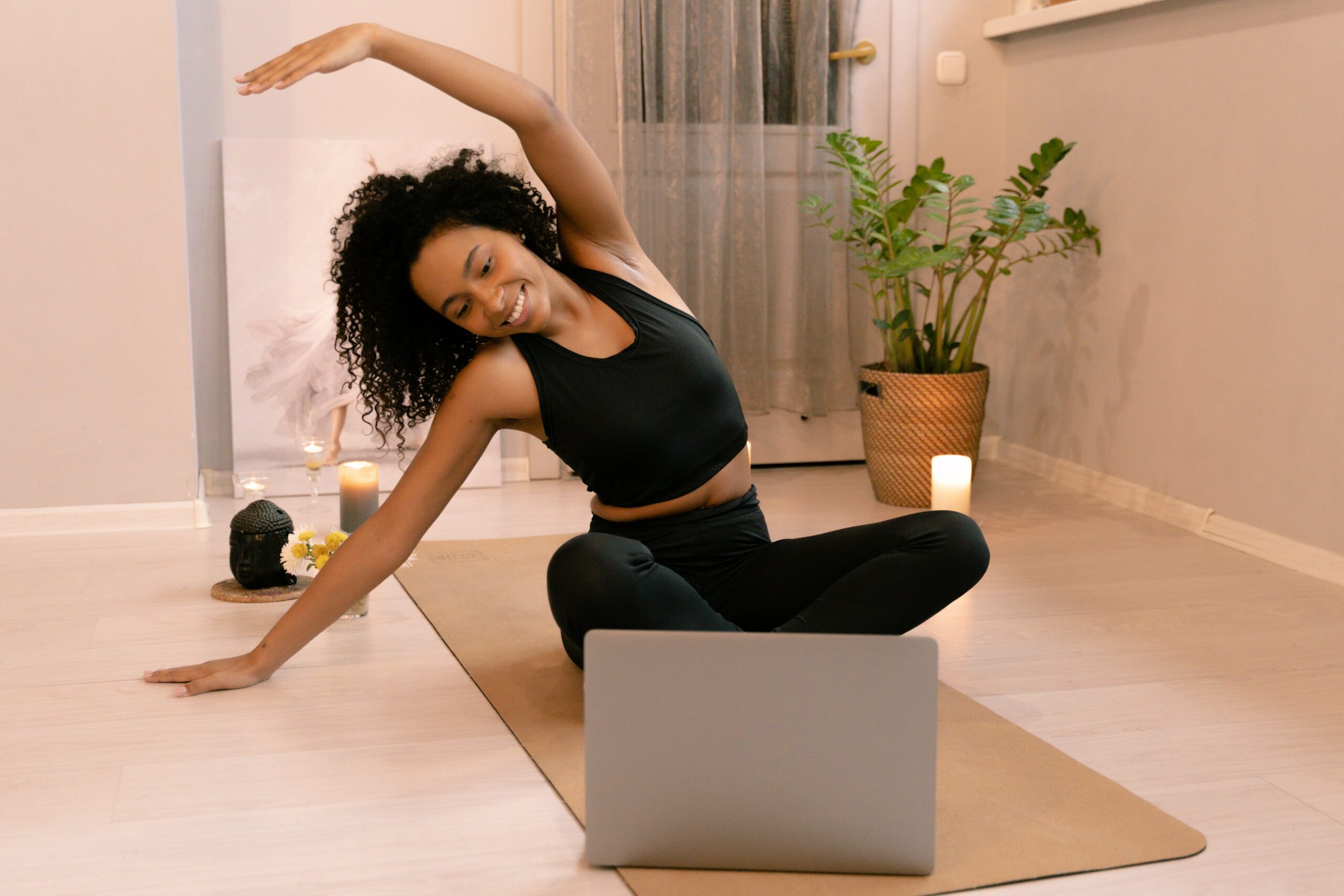

In today’s world where modern technology has us glued to our screens, teens and adults alike are woefully inactive. According to the World Health Organisation (WHO), global estimates show that one in four adults and more than 80% of adolescents do not do enough physical activity.
Physical activity is critical for human health, and adopting a healthy lifestyle that includes regular physical activity is one of the most important things a person can do to improve their health and well-being. Evidence is emerging that shows that physical inactivity is associated with a heightened risk of serious illness and death. On the flip side, researchers have concluded that it takes a mere 11 minutes of daily movement to extend one’s lifespan!
Encouraging children and teens to put down their devices and get up to move around more may seem like an impossible challenge to parents, but, says Dr. Helen Okoye, medical expert and spokesperson for the World Thrombosis Day (WTD) campaign, the trick is to find fun activities that align with your family’s interests and preferences.
“If your family exercises together, it can be both fun and beneficial for everyone, and when you enjoy the exercise, it’s more likely to become a sustainable part of your routine,” says Dr. Okoye. People love social interaction, and exercising with others is a powerful motivator. Research shows that if you enjoy exercise, you are more likely to stick with it. Exercising with others can supply that enjoyment even if the activity itself is difficult or otherwise not something you love.
Create family fitness challenges. Set achievable goals and celebrate achievements together. This could be a certain number of steps per day, minutes of exercise, or completing a workout routine as a team. Encourage everyone in the family to join in on this year’s World Thrombosis Day 60 for 60 Challenge, which invites everyone globally to move against thrombosis by getting up and moving every 60 minutes for 60 seconds from October 1 until October 13.
Schedule regular family walks, either in the neighborhood or at a local park. It’s a simple way to spend time together while being active. Or plan family bike rides. Choose scenic routes and make it an enjoyable outing for everyone. Outdoor games together are a great way to get the family moving, such as football, basketball, tennis, or even a game of catch. Explore nature together by going on family hikes. Find trails suitable for all fitness levels and ages.
You could also designate a specific night each week for family sports. It could be anything from a game of volleyball in the backyard to playing tennis at a nearby court. Take advantage of local playgrounds. Engage in activities like playing tag or having a friendly family race. Or try short online exercise videos – YouTube has tons of short exercise classes online, from yoga to dance and cardio, that families can do together.
The benefits of getting everyone in the family to learn to adopt an active lifestyle are endless, points out Dr. Okoye. As a spokesperson for WTD she is only too aware of how being sedentary for extended periods of time can lead to medical complications, one of them being the danger of a blood clot.
“When you’re sedentary for too long, your blood flow slows down, which can lead to deep vein thrombosis (DVT), where clots form in the legs. If a part of the blood clot breaks off it can travel to the lungs, forming a pulmonary embolism (PE), which can be fatal. Just getting up and moving around to get your circulation going again is a simple, effective way to reduce that risk,” she cautions.
According to Dr. Okoye, it’s a common misconception that only the old and sickly develop blood clots. Thrombosis can happen to anyone, at any time, and although some people are more at risk, and blood clots are far more prevalent in adults than children, our modern lifestyles see teenagers spend far too much time being inactive. Shockingly, the term gamers thrombosis has been coined, referring to teens who have presented with blood clots after being immobile for extended periods of time while playing video games.
Globally, says WHO, 81% of adolescents aged 11-17 years are insufficiently physically active. Teenage girls are less active than adolescent boys, with 85% vs. 78% not meeting WHO recommendations of at least 60 minutes of moderate to vigorous intensity physical activity per day.
It’s vital, says Dr. Okoye, to ensure that everyone in the family learns the value of regular exercise. “Make sure to create a positive and supportive atmosphere. The goal is to make exercise enjoyable and something the family looks forward to doing together,” she says. Additionally, involving everyone in the decision-making process can help ensure that the activities chosen are enjoyable for each family member.”
Nigeria thrashed Zambia 5-0 to book their semi-final spot at the ongoing WAFCON 2024. Glamtush…
FirstBank, a leading financial institution and provider of financial inclusion services in West Africa, announces…
The Alternative Bank is set to execute the inaugural edition of its ‘Walk4ZeroPlastic’ campaign on…
LOPE Chairman Justice Mmadubugwu wedded his longtime partner Ifunanya in a civil ceremony in Lagos.…
Leading financial institution, Fidelity Bank Plc, has highlighted its dedication to community-focused interventions with the…
Aare Adetola Emmanuelking has joined thousands to mourn former President Muhammadu Buhari as he pays…